
Melanesia is a subregion of Oceania in the southwestern Pacific Ocean. It extends from New Guinea in the west to the Fiji Islands in the east, and includes the Arafura Sea.
In Melanesian and Polynesian cultures, mana is a supernatural force that permeates the universe. Anyone or anything can have mana. They believed it to be a cultivation or possession of energy and power, rather than being a source of power. It is an intentional force.
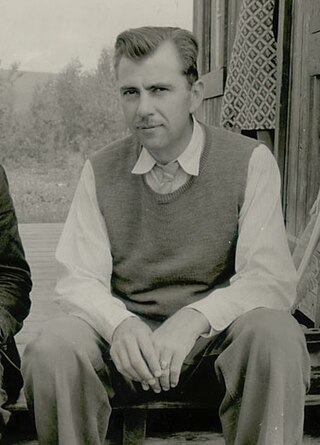
Julian Haynes Steward was an American anthropologist known best for his role in developing "the concept and method" of cultural ecology, as well as a scientific theory of culture change.
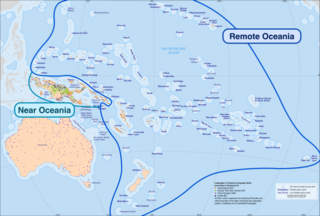
Near Oceania is the part of Oceania that features greater biodiversity, due to the islands and atolls being closer to each other. The distinction of Near and Remote Oceania was first suggested by Pawley & Green (1973) and was further elaborated on in Green (1991). The distinction is based on geology, flora and fauna. Near Oceania was also settled by humans at an earlier time than Remote Oceania was. Near Oceania includes the island of New Guinea, Solomon Islands(excluding Temotu) and the Bismarck Archipelago. Sometimes Australia is also included in Near Oceania.
Arthur Maurice Hocart was an anthropologist best known for his eccentric and often far-seeing works on Polynesia, Melanesia, and Sri Lanka.
Roger Martin Keesing was an American linguist and anthropologist, most notable for his fieldwork on the Kwaio people of Malaita in the Solomon Islands, and his writings on a wide range of topics including kinship, religion, politics, history, cognitive anthropology and language. Keesing was a major contributor to anthropology.
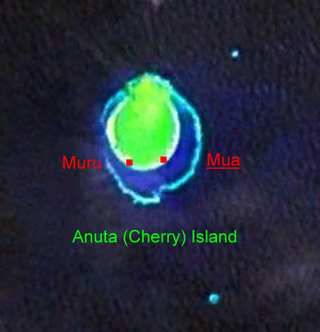
Anuta is a small volcanic island in the province of Temotu in the southeastern part of Solomon Islands. It is one of the smallest permanently inhabited Polynesian islands. It is one of the Polynesian Outlier communities in Melanesia.

Tikopia is a volcanic island in Temotu Province, in the independent nation of Solomon Islands, southwestern Pacific Ocean. Although most of Solomon Islands is Melanesian, Tikopia is culturally Polynesian. The first Europeans arrived on 22 April 1606 as part of the Spanish expedition of Pedro Fernandes de Queirós.

Malaita Province is the most populous and one of the largest of the nine provinces of Solomon Islands. The population of the province is 122,620 (1999). The area of the province is 4,225 km2 (1,631 sq mi).
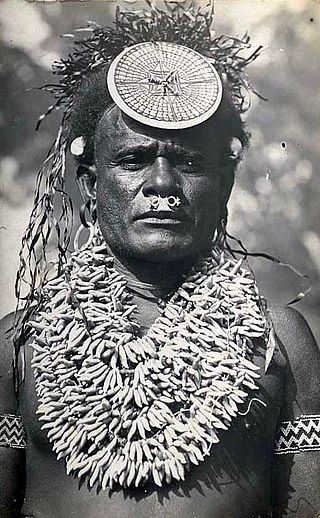
The culture of the Solomon Islands reflects the extent of the differentiation and diversity among the groups living within the Solomon Islands archipelago, which lies within Melanesia in the Pacific Ocean, with the peoples distinguished by island, language, topography, and geography. The cultural area includes the nation state of Solomon Islands and the Bougainville Island, which is a part of Papua New Guinea.

Sir Raymond William Firth was an ethnologist from New Zealand. As a result of Firth's ethnographic work, actual behaviour of societies is separated from the idealized rules of behaviour within the particular society. He was a long serving professor of anthropology at the London School of Economics, and is considered to have singlehandedly created a form of British economic anthropology.

Malaita is the primary island of Malaita Province in Solomon Islands. Malaita is the most populous island of the Solomon Islands, with a population of 161,832 as of 2021, or more than a third of the entire national population. It is also the second largest island in the country by area, after Guadalcanal.
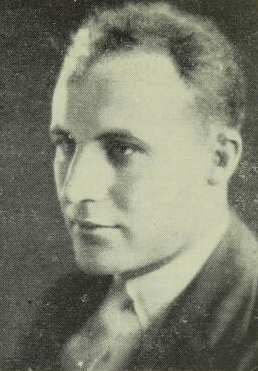
Dr Herbert Ian Priestley Hogbin was a British-born Australian anthropologist. He conducted field work in the Solomon Islands and New Guinea.

Ontong Java Atoll or Luangiua is one of the largest atolls on earth.

Sikaiana is a small atoll 212 kilometres NE of Malaita in Solomon Islands in the south Pacific Ocean. It is almost 14 kilometres in length and its lagoon, known as Te Moana, is totally enclosed by the coral reef. Its total land surface is only 2 square kilometres. There is no safe anchorage close to this atoll, which makes it often inaccessible to outsiders.
Adagege, alternatively spelled Ada Gege or Ada-gege, is an artificial island built on the reef in the Lau Lagoon on Malaita in Solomon Islands; it is located in Malaita Province. The road from Auki ends at Fouia wharf opposite the islands of Sulufou and Adaege in the Lau Lagoon.
Phillip Harold Lewis was an American anthropologist, museologist, and amateur photographer and artist. His work in Anthropology centered on Melanesia, a subregion in Oceania, and he was the Curator of Anthropology at the Field Museum in Chicago, Illinois, from 1957 until 1992. His work in Oceania has helped build both the collections and research capabilities in the Field Museum and has paved the way for further anthropological work on this area by the museum.
Marie Margaret Keesing (née Martin) was an anthropologist and educator with strong ties to the Pacific. With a degree in anthropology from the University of New Zealand, she spent most of her working life in the United States, where she worked closely with her husband, a fellow New Zealander and renowned anthropologist Felix Maxwell Keesing. She published a number of works, and co-authored several significant books with her husband, including Taming Philippine Headhunters: a Study of Government and of Cultural Change in Northern Luzon (1934) and Elite Communication in Samoa: A Study of Leadership (1956).
Felix M. Keesing was a New Zealand-born anthropologist who specialized in the study of the Philippine Islands and the South Pacific. He came to the United States in the 1940s and taught at Stanford University, California, 1942–1961.
Kwaisulia was a prominent tradesman, strongman and blackbirder on the island of Malaita in the late nineteenth century, who for several decades held political control over the north of the island.











